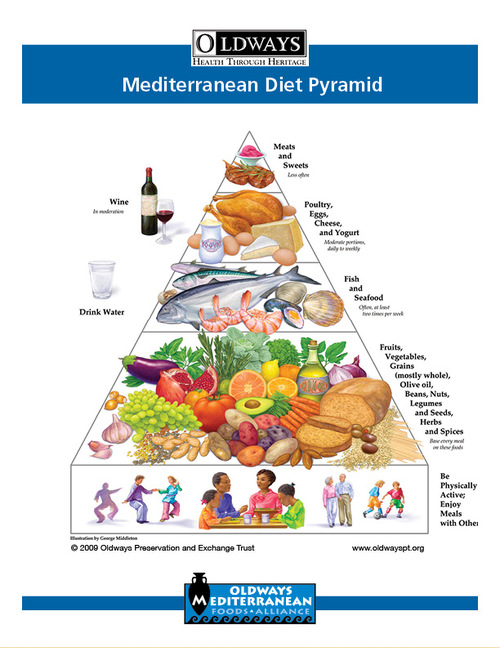But when a product fails, it releases a small amount of energy, which can result in a loud sound and the glass can travel outward.
Three primary risks associated with using glassware for cooking:
- Breakage due to a sudden temperature change applied to the glassware.
- Breakage due to impact if the glassware is dropped or knocked against a hard object.
- Burning when handling hot bakeware.
What causes glass bakeware to break?
Glass bakeware is a healthier alternative to metal bakeware because no hazardous materials leach into your food, and it helps to retain moisture and cooks more evenly than metal bakeware. However, like all glass, it can break. Anchor Hocking and Pyrex bakeware are safe when their care and use instructions are followed. Regardless of safety measures taken by both companies to strengthen and ensure the quality of their products, misuse can lead to failure of the bakeware.
Anchor Hocking states that the vast majority of failures are due to mishandling or improper care of the product. The misuse often happens over time, and the actual failure may occur at a later date. A few examples of mishandling are (2):
- Scouring or improperly cleaning the bakeware.
- Causing severe thermal shock by adding liquid to a hot dish, placing a hot dish into dishwater, or placing a hot dish directly on a countertop, rather than using pot holders, pad or trivet.
- Discarding chipped, cracked, or noticeably scratched bakeware products.
- Hard hits or impacts occuring during usage, washing, or storing.
- Cooking at a higher temperature than 425 degrees F.
- Using glass bakeware on a stove top, or in a broiler, or toaster oven.
- Placing glass bakeware on a recently used or still warm stovetop burner.
All glass, whether soda lime or borosilicate, can experience thermal breakage if exposed to sudden or uneven temperature changes. Avoid the most common causes of thermal breakage by following four simple rules (2, 5):
- Always place hot glass bakeware on a dry, cloth potholder or towel. Never place hot glass bakeware on top of a stove, metal trivet, damp potholder or towel, or directly on a countertop or other cold or wet surface, or in a sink.
- Never put glass bakeware directly on a heat source such as a burner, hot range, grill, or under a broiler or in a toaster oven.
- Always allow the oven to fully preheat before placing glass bakeware in the oven.
- Always cover the bottom of the glass bakeware dish with liquid before cooking meat or vegetables. The liquid, whether chicken or vegetable stock, apple juice, or water, will keep the temperature of the baking dish even and your food moist and tender.
Follow these warnings from Pyrex and World Kitchen LLC to reduce the risk of personal injury or property damage, as well as, glassware breaking or shattering immediately or later (5):
- Do not add liquid to hot glassware. This can cause a sudden temperature change.
- If using a dish in a microwave, do not use browning elements, and avoid overheating oil or butter.
- Do not take dishes directly from the freezer to the oven or vice versa.
- Inspect your glassware for chips, cracks, and scratches. Discard items with such damage.
- To avoid risks associated with glass dishes, consider using metal bakeware for conventional and convection ovens.
- Avoid sudden temperature changes to glassware. DO NOT add liquid to hot glassware; place hot glassware on a wet or cool surface, directly on countertop or metal surface, or in sink; or handle hot glassware with wet cloth. Allow hot glassware to cool on a cooling rack, potholder or dry cloth. Be sure to allow hot glassware to cool as provided above before washing, refrigerating or freezing.
- Oven must be preheated before inserting glassware.
- DO NOT use on or under a flame or other direct heat source, including on a stove top, under a broiler, on a grill or in a toaster oven.
- Add a small amount of liquid sufficient to cover the bottom of the dish prior to cooking foods that may release liquid
- Avoid handling hot glassware (including ware with silicone gripping surfaces) without dry potholders.
- Avoid microwave misuse. DO NOT use glassware to microwave popcorn or foods wrapped in heat-concentrating material (such as special browning wrappers), heat empty or nearly empty glassware in microwave, or overheat oil or butter in microwave (use minimum amount of cooking time).
- Be careful when handling broken glass because pieces may be extremely sharp and difficult to locate.
- Handling your glassware without an appropriate degree of care could result in breakage, chipping, cracking or severe scratching. DO NOT use or repair any glassware that is chipped, cracked or severely scratched.
- DO NOT drop or hit glassware against a hard object or strike utensils against it.
To reduce the risk of glass bakeware shattering:
- Read and save the safety instructions on the product’s packaging.
- Instruct all family members in the proper care and use of glass bakeware to maintain its integrity and safety.
- Always exercise care when using glass products, especially when cooking food at high temperatures.
- Use appropriate protection for hands, such as potholders or gloves, when handling any hot glassware.
References:
- Anchor Hocking Consumer Affairs Department: Allows consumers to ask any questions about using tempered glass bakeware. Contact information for the Consumer Affairs Department: Anchor Hocking, 519 Pierce Avenue, Lancaster, OH 43130 (consumer@anchorhocking.com). Hotline Telephone: 1- 800-562-7511 ext.2478.
- “Anchor Hocking’s Safety Record.” Complete Care and Use Instructions are available at http://www.anchorhocking.com/Bakeware_Facts.html.
- “Borosilicate Glass.” Wikipedia, The Free Encyclopedia. 01/28/12.
- “Glass Bakeware that Shatters.” Consumer Reports. Yonkers, New York. January 2011. pp. 44-48.
- “Glassware Safety and Usage Instructions.” (Source: “Pyrex Products-Making Cooking a Little Easier.” www.pyrexware.com)
- “Pyrex.” Wikipedia, The Free Encyclopedia. 02/22/12.
- Wolf, Barbara.”Statement to ABC News From Anchor Hocking.” Discussed on Good Morning America: 12/07/10. Originally announced by Barbara Wolf, Senior Manager, Marketing Communications, Anchor Hocking regarding January 2011 article in Consumer Reports on Tempered Glass Bakeware on 12/06/10.
{ Comments on this entry are closed }





 Asclepius was the son of Apollo and Coronis and a practitioner of medicine in ancient Greek mythology. He became known as the God of Medicine and Healing in the early Greek religion. Asclepius is traditionally depicted as a bearded man wearing a robe that leaves his chest uncovered and holding a staff with his sacred single serpent coiled around it, symbolizing renewal of youth as the serpent casts off its skin. The single serpent staff also appears on a Sumerian vase of c. 2000 B.C. representing the healing god Ningishita, the prototype of the Greek Asklepios.
Asclepius was the son of Apollo and Coronis and a practitioner of medicine in ancient Greek mythology. He became known as the God of Medicine and Healing in the early Greek religion. Asclepius is traditionally depicted as a bearded man wearing a robe that leaves his chest uncovered and holding a staff with his sacred single serpent coiled around it, symbolizing renewal of youth as the serpent casts off its skin. The single serpent staff also appears on a Sumerian vase of c. 2000 B.C. representing the healing god Ningishita, the prototype of the Greek Asklepios.
